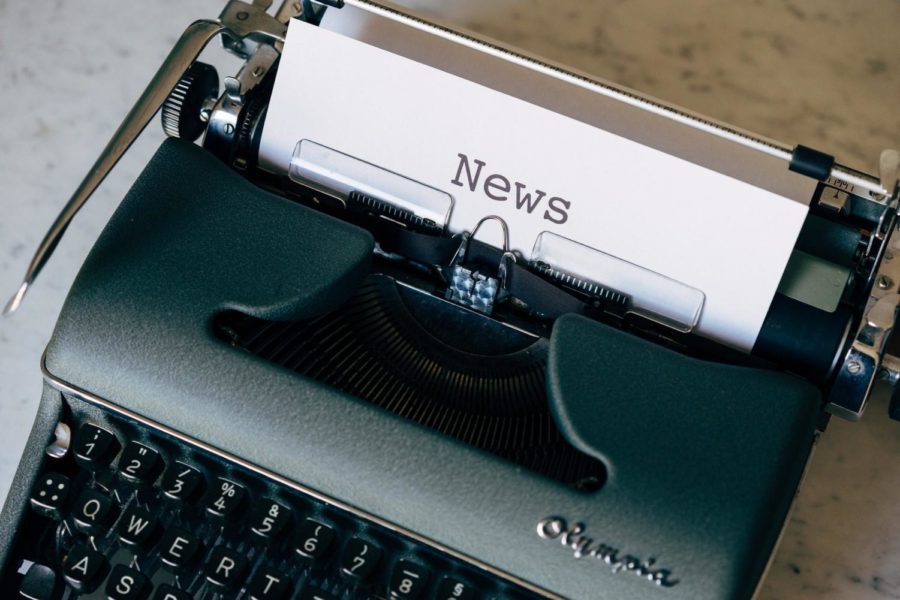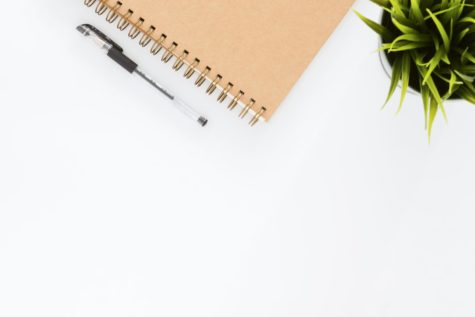How To Spot Fake News /srs
A typewriter printing out paper which contains a news story
FRISCO, TEXAS – As the Internet age has quickly taken over and changed the source of news for many in the last decade, the topic of ‘fake news’ has become more prevalent. Fake news, as defined by the Cambridge Dictionary, is “false stories that appear to be news, spread on the internet or using other media, usually created to influence political views”. As people start to become more and more cautious about fake news, media trust has vastly gone down in the public.
Only about 22% of Americans, however, say that they regularly encounter fake news online. So then why is media trust decreasing at the rate it is? The vast majority of Americans have not encountered fake news, right? Wrong. That previous statistic was completely made up. It was fake news. The real fact of the matter is that, according to Letter.ly, a reputable journalism platform, 52% of Americans say they regularly encounter fake news online.
So, fake news is quite obviously a considerable problem in the country today. Although it can be tricky to differentiate between fake and real news, there are some reliable ways to help determine which news is truly dependable.
Check the Credibility
One of the most reliable ways to evaluate the reliability of news is to check the credibility of the article. Is the writer a credible author? Is the publisher reputable? Does the article include accurate information from reliable sources?
Cross-Reference the Information
Cross-referencing the information found in the news article is extremely helpful in determining the accuracy of the news you are consuming. Comparing the news in the article to information found in other sources can not only aid in checking the accuracy of the news, but can help establish its relevance as well.
Look out for Bias
News stories, especially those of the political kind, can often be skewed a certain way based on the author’s personal beliefs and views. This is not to say that the information presented in articles such as these is necessarily fake, but it can be biased. And this bias can affect the way readers perceive the presented news.
Understand the Purpose of the Story
There are different types of articles being published daily, and not all of them are meant to be neutral and unbiased. Articles such as editorials and satirical pieces are meant to display the author’s view on a certain topic. Therefore, it is important to understand these types of stories, and not take every article as hard news, because most of the time, it is not.
Think for Yourself
Perhaps the most important thing to keep in mind when reading any news is to use your own judgement on the validity of the news. Approach the news you read with a critical and level mindset, so you will not be tricked by the apparent “shock value” the news may be trying to present. Your own judgement is often one of the best ways to spot fake news, so make sure you remember to think for yourself.
As long as good, ethical journalism exists, there will always be unethical journalism on the other side. It is nearly impossible to eliminate all sources of fake news, especially on the internet, so it is up to readers to determine for themselves which news is real and which is fake.

Hi! My name is Riya Patwardhan. I am currently a senior and this is my third year on the Newspaper staff and second year as Editor-in-Chief. In my free...

















